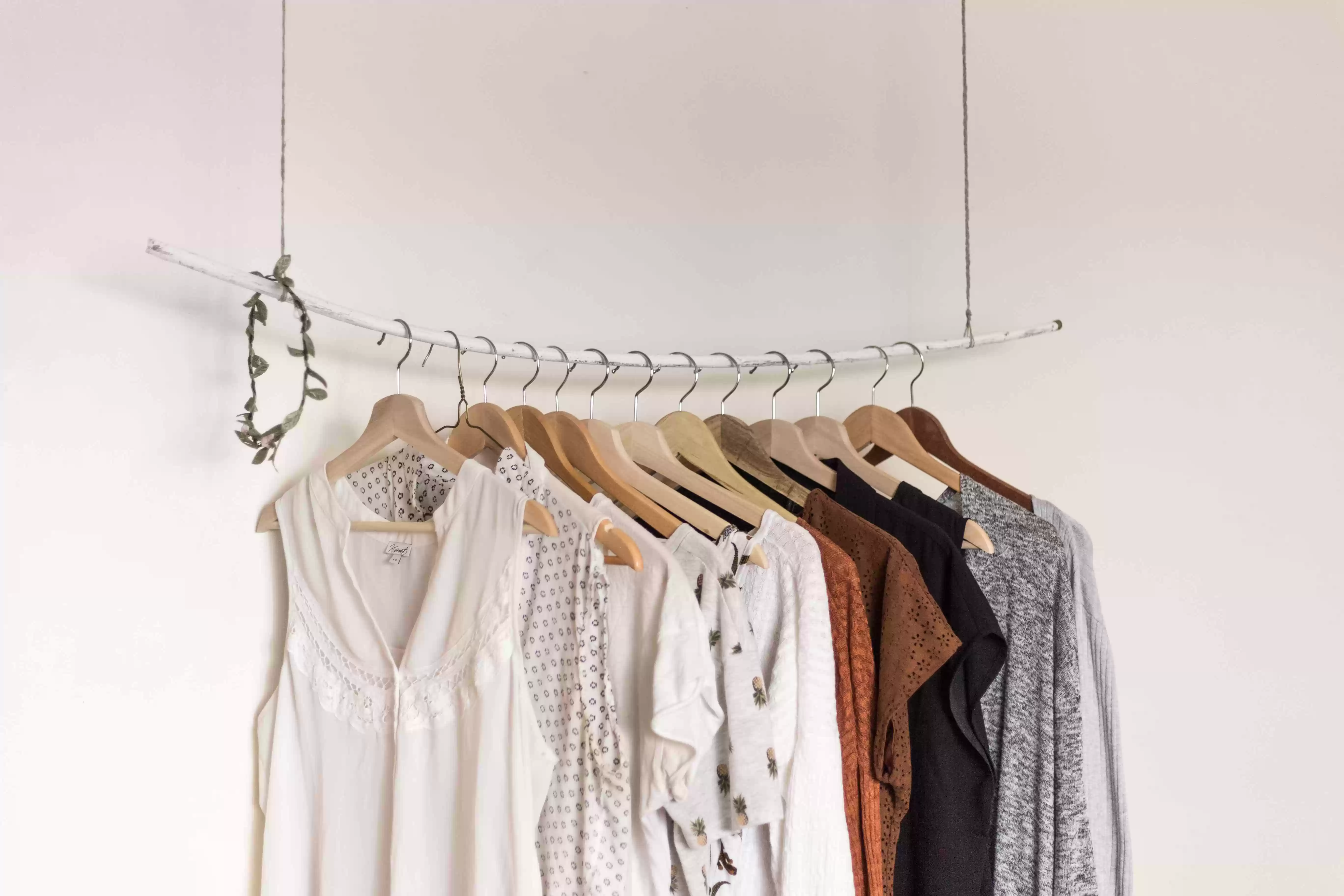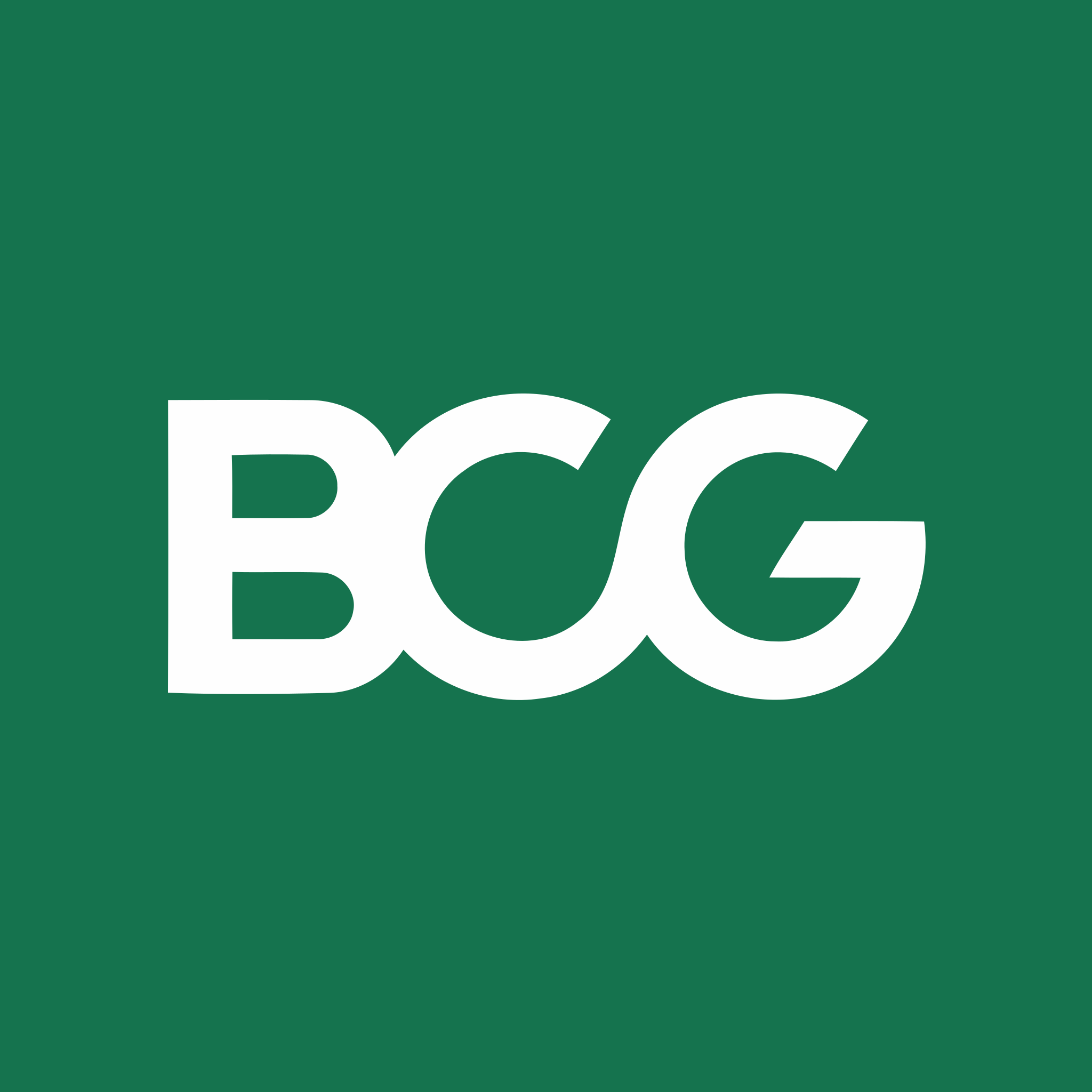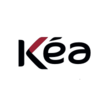Detailed content of our market study
 Inforamtion
Inforamtion
- Number of pages : 35 pages
- Format : Digital and PDF versions
- Last update :
 Summary and extracts
Summary and extracts
1 Market overview
1.1 Définition and presentation
The children's clothing or apparel market refers to all fashion clothing and accessories for children from 2 to 15 years old (taking as a point of reference the definition given by the US Bureau of Labor Statistics. The children’s clothing market is growing fast and is much more dynamic than the adults’ clothing market. While the European and American market sectors dominate the global market, the Asia-Pacific region is booming.
Also, in the United States, the children's clothing market is one of the most thriving sectors of the clothing market, which remains broadly stable. The market is structured around major specialized brands, large generalist retailers and several independent specialized players. Additionally, the second-hand market shows an increasing dynamism. A few brands in the children's clothing market are taking advantage of this trend to launch their own resale platform or their subscription box for renting apparels.
We notice several new trends for the children’s clothing market, mostly as a result of a new generation of millennial parents. Today, they are responsible for around 50% of children in the US and are likely to dictate the trend in the short and medium run [Census Bureau].
Increasing innovation in apparel design and material is also influencing buying decisions, since parents are paying more and more attention to the quality of fabrics and the variety of products. They are not only focusing on how much comfortable and practical the products are but also on the style in accordance with the latest fashion, which starts to carry weight in buying decisions. Additionally, rising disposable incomes, the increasing working contribution of women, and the growing purchasing power of developing countries’ citizens are other factors which explain the market’s growth. Furthermore, aggressive promotion strategies are spreading online and thus makes e-business flourish.
Against a very competitive backdrop, as no company holds more than 10% of market shares, several factors step in. Among them is the reduction of the American birth rate, the high level of loyalty of new parents and an increasing demand for sustainable products which composes a thriving sector.
1.2 A fast-growing Global Market
The global market for childrenswear is projected to reach $*** billion by ****. The five-year growth of **% in childrenswear outpaces growth in overall apparel, projected at **% from ****-****. Markets in Asia will see the largest growth, as parents purchase fashionable clothing for their children. In addition to these in-store experiences, online tools allow children and their parents to browse and buy clothing together [***].
Value of the Childrenswear Market USA, ****-*****, in billion USD Source: ****
Spending on Childrenswear, by continent
World, ****, in billion USD
Source: ****
Continent Spending on Childrenswear in billion USD Asia ** North America ** Africa ** South America ** Europe * Australia *
Asia-Pacific is forecasted to hold a significant market share, given the growth of the infant population, the strong economic growth and the consequent rise in household purchasing power.
Moreover, Middle East countries (***) are representing a significant market opportunity for luxury children’s apparel, with many international luxury brands, such as Dolce & Gabbana and Stella McCartney, thriving in that area.
The main drivers for this market are the rise in overall incomes and the changing lifestyle of parent who head towards more trend-driven products. Indeed, there has been a tilt towards the importance of children’s clothing’s brands, supported by several investments in ...
1.3 The US market
The annual aggregate expenditures of US citizens on apparel for children between * and ** has been growing at a CAGR of *.**% between **** and ****, even though, over the same period, there have been some fluctuations, with the peak year being **** when aggregate expenditures on these items were equal to **.* billion USD [***].
Annual aggregate expenditure on apparel for children between * and ** USA, ****-****, in billion USD Source: ****
The US market is characterized by the presence of several organized retail players, that are able to offer many products on the same store, presenting customers numerous brands to choose and allowing them to save time comparing products. In this context, we have most of American children’s clothing being primarily sold through organized retail chains such as department stores and supermarkets. Nevertheless, the high costs of raw materials and the overall manufacturing process are strategic stakes and present a challenge as the market is highly competitive. Players often need to give up on profit margins in order to gain market shares.
Moreover, a combination of two factors are fueling the American market in a special way. First, the global phenomenon of increased preference for fashionable products and branded apparel is also showing itself in the United ...
1.4 Imports and Exports
In order to analyze the trade balance and the main trade partners of the US for what concerns children apparel, we used the HS Commodity Code ****: garments and clothing accessories, babies', knitted or crocheted.
Imports, Exports and Coverage Rate for HS code **** USA, ****-****, in billion USD and % Source: ****
As it is evident from the graph above, the US is a net importer of childrenswear, even though imports have been decreasing in later years in favor of slightly higher exports.
The * main supplier countries of children apparel for the US represent the **.*% of the total imports of the country and, the first four, are not too distant from each other in terms of share of imports they control. The first trade partner for imports of childrenswear is China (***).
Breakdown of Imports by main supplier countries USA, ****, in % Source: UN Comtrade The situation for exports of the same items is quite different. Just one trade partner, namely, Canada, receives **.*% of US exports of children apparel. The other most important customer countries, together, account for **.*% of total exports and the remaining countries only receive **.*% of US exports of children clothing. Breakdown of exports by main customer countries USA, ****, in % Source: UN Comtrade
1.5 COVID-19 Impact
The measures of social distancing and lockdowns imposed in the Unites States and other countries have also impacted the children’s clothing market.
A report from the Brookings Institute suggests the pandemic will likely lead to a “large, lasting baby bust.” Paired with an economic recession, the public policy organization predicts the U.S. will see births decline by ***,***-to-***,*** next year. Brookings also found that in metropolitan areas, a one-percentage point increase in the unemployment rate correlates to a *.* percent decrease in new babies.
Even though babies and toddlers did not stop growing, parents had fewer reasons to buy them new clothes during the pandemic, as most people were forced to stay at home.
Moreover, nearly half of all consumers (***) have made their purchases online because they feel it’s safer than going to a physical store [***].
Therefore, between the lack of demand and the shutdowns, brick and mortar stores have seen an acceleration in bankruptcies and closings. The Children’s Place is closing *** stores in **** and another *** next year. Carter’s will close at least *** stores, including OshKosh B’gosh, in the next couple of years [***].
The good news is, “If people are simply timing their fertility with the ...
2 Demand Analysis
2.1 Consumer Profile
According to Mat Bodimeade’s article on the children’s wear market. The average family spends $***.** on children’s clothing every year. Interestingly, the average spend on girls is $***.**, and on boys is $**.**. Households with an income under $**,*** spend an average of $**.** on boys’ clothes and $**.** on girls’ clothes, while households that earn $**,*** or above spend an average of $***.** on boys’ clothes and $***.** on girls’ clothes.
Using the database of the US Bureau of Labor Statistics (***), we were able to identify some key aspects of US childrenswear customers. To do so, we used the data available on the aggregate expenditures of the US population on apparel for children aged between * and **.
Generation
From the graph below, it can be seen how the customers who spend the most on apparel for children aged between * and * are part of the Millennials and Gen Z generations. This is consistent with the already mentioned increase of new millennial parents.
Breakdown of average aggregate expenditures on apparel for children aged between * and **, by generation USA, ****, in % Source: ****
Type of Area The US Bureau of Labor Statistics allows us to also break down the expenditures on apparel for children aged between * and ** by the type of ...
2.3 Demand Drivers
As the market for childrenswear has been historically affected by demographic features, it becomes essential to analyze some characteristics of the American population. For instance, the graph below shows that the birth rate in the United States has been declining for the last ** years. However, it is important to highlight that, between **** and ****, the United States was the sixth country in number of births, totalizing more than ** thousand new babies [***]. This might be the reason why many children’s clothing markets around the globe are diminishing, while the American market has not shown signs of exhaustion yet.
Birth rate by year US, ****-**** Source: ****
Nevertheless, the average birth rates hide some interesting information. For instance, although the rate in **** declined for women under **, it rose for the ones older than **. Much of this can be explained by improved fertility technologies (***), that allow women to postpone their childbirth into their late **s and early **s. In this context, women are more likely to graduate, work, earn and accomplish several goals before having a baby [***].
Although, at first sight, this situation seems to have little connection with the clothing market, it is actually of great importance. Indeed, it appears that household income greatly ...
2.3 Major Trends
Social Media
As mentioned before, children’s clothing has transitioned towards more trend-driven products, which make parents go shopping more often. Additionally, we have a new generation of parents, characterized by intense use of technology and social media, which encourage them to share photos of their children’s clothing, at the same time as they are exposed to content from companies and celebrities.
Companies have identified this growing influence of social media and celebrities on parents as an opportunity to push the children’s apparel industry to evolve with changing trends. Hence, companies are heavily investing on internet platforms (***) as they create a direct connection with their target customers, but also serve as free merchandising for their products when parents share their brands all over the internet. The investments are used for direct advertising, but also for promoting campaigns with influencers, celebrity fashion and child artists.
Going genderless
The gender-neutral trend has been gaining ground for a while. Nowadays, with millennials and the generation Z entering parenthood, it seems the time has come to welcome gender-neutral clothes in the children’s market. Indeed, **% of American parents, with children younger than ** years old who have purchased kids’ clothing in ****, support the trend ...
2.4 Buying Patterns of the Millennials
We looked at several characteristics of the demand for children's clothing, and they are primarily related to the new generation of parents: Millennials, the generation born in the ****s-****s. First, it's important to note that more than * million Millennial women become new mothers each year in the U.S., generating about **% of today's children in the U.S. and contributing to about $* trillion in annual spending to raise their children. In addition to having a higher proportion of college degree holders (***) and a higher average disposable income, they also have significantly higher self-confidence, which certainly affects their consumption levels.
In addition, about **% of millennial parents turn to their smartphones to research products (***). In other words, millennials are very concerned about the customer experience and are more involved in the buying process than convenience and price. They are also more likely to be loyal to companies that have provided them with pleasant service. In fact, **% of U.S. millennial parents say they only buy brands that reflect their social or political values, compared to only **% of parents in other generations.
In summary, this analysis of the children's apparel market shows that companies should focus their efforts on perfecting their service, because ...
3 Market structure
3.1 Distribution Channels
Distribution Channels
There is a clear dominance of the offline distribution channel in the market. Less than **% of the distribution of children’s clothes takes place through online channels. The offline distribution channel is further divided in supermarkets, chain stores, specialty stores and department stores. It is fueled by the increasing number of mass merchandisers in specialty and department stores, with larger allocation of dedicated additional space for children's clothing.
Notwithstanding the clear dominance of the offline channel, the online distribution is projected to grow faster in the next * years. Besides being more convenient to customers, it offers a wider range of products and usually easy return policies. Moreover, the growing population with access to the internet is also pushing this channel forward, as parents are getting more updated about the latest fashion from the social media websites and other internet platforms.
We can see below the number of products commercialized by several players in the United States. As the graph shows, Gap has the largest online catalog with almost * thousand listed products, followed by Old Navy and H&M.
Childrenswear products on sale online by brand US, **** Scrapehero
The numbers indicated in the graph above represent the number of products ...
3.2 Value Chain
3.3 The rental services turning point
Although several American parents do not want to spend much on clothing for their growing children, around **% of them claimed they want their children’s clothing to be stylish and trendy. As an alternative, they wish their kids could try out the latest trends for a lower cost.
In these circumstances, subscription boxes are gaining ground and causing a certain disruption in the children’s clothing market. Parents may either rent clothes bundles for fixed price each month or rent out single items for fixed price each month. This trend has several roots, such as the fact that kids grow too quickly on early ages and use their clothes for a short period of time, and the growing consciousness regarding the amount of waste that the consumer society produces. This background appears like a threat to the fast fashion culture and puts companies that do not adapt at risk [***].
Subscription boxes are also becoming popular among parents because of their convenience, as they allow them to reduce the number of visits to physical stores. Around **% of American parents say they are interested in subscription clothing services for their children. The rental services are also matching the demand for luxury, since they ...
3.4 Competition and Revenues of the Main Players
The baby and young children's apparel and accessories market is highly competitive. Competition is generally based on a variety of factors, including comfort and fit, quality, pricing, experience, and selection. Both branded and private label manufacturers as well as specialty apparel retailers aggressively compete in the baby and young children's apparel market. The largest player in the market is Carters and its primary competitors include: The Children's Place, Gap, and Old Navy (***). Because of the highly-fragmented nature of the industry, thes ebrands in addition also compete with many small manufacturers and retailers [***].
The following graph shows the revenues of the main pure players of the market. Companies such as Nike, Disney and Gap were not included as their turnover is not representative of the childrenswear only segment, and it would thus be useless to compare them with the pure players of the market.
Turnover of the main pure players of the childrenswear market USA, ****, in billion USD Source: ****
4 Analysis of the offer
4.1 Supply trends and decisive factors
Products, fabrics and prices
In the United States, girls’ clothing makes up for **% of the total children’s clothing sector. Whereas boys’ clothing sales account for nearly **%. Among products sold from websites of some popular clothing brands (***), while boys have *.* thousand. The graphs below divide the distribution of products between the two genders. We notice that for both genders, topwear accounts for more than **% of the apparels. Girls have a bigger percentage of bottom wear and accessories, whereas boys have a larger choice for shoes [***].
Girls' clothing types distribution US, ****, in % Scrapehero Boys' clothing types distribution US, ****, in % Scrapehero Children's clothing can be split into three main categories:
The clothes on top: to be worn on their way to school or simply to go outside. They include heavy pieces such as coats, jackets, jackets; top pieces such as dresses, pants, or jeans; and small pieces, including t-shirts, sweaters, and sweatshirts. The shoes: both sport and city. Some brands have specialized in the children's segment, but traditional brands are active in several segments. Sleepwear: underwear, pyjamas and nightgowns.
Moreover, within the basic wardrobe, some products are undoubtedly more popular among boys and girls, for instance, T-shirts (***). Additionally, character clothing and accessories continue ...
4.2 Pricing
The table below indicates a simplified price range for each type of clothing:
Source: ****
It is also possible to make a comparison between brands according to the prices exposed in their e-business platforms. As we notice below, Children’s Place, H&M and Old Navy have the lowest average, while Lacoste, Adidas and Ralph Lauren have the highest among the products listed.
Average price by brand US, **** Scrapehero
4.3 Offer Trends
Luxury for kids
Since ****, there has been a boom for the children's luxury clothing market. There are several reasons why, such as the increasing disposable income of American households, the changing lifestyles of some parents towards trendy children’s clothes or the increasing concern for the optimum comfort and safety for their child. Additionally, the emerging trend of clothing lines influenced by increasing exposure to celebrities is positively impacting the sales of this kind of products.
Social networks also have their role to play, with stars’ children serving as influencers and dictating fashion in the children's clothing segment. One example is the son of Prince William and Kate Middleton, whose white diaper wrapped around him at birth was ordered more than **,*** times within hours of his first appearance. According to Frédéric Godart, fashion historian and sociologist, brands need to find new sources of growth: "The new brands must be able to find new sources of growth. After the development of men's fashion, brands must find new customers to conquer ...new areas to explore... and that leaves only the children. "
Secondhand trend
It is an important aspect of the market that most children’s clothing purchased are firsthand (***). However, parents ...
5 Regulation
5.1 Regulatory framework for children’s clothing
Consumer Product Safety Improvement Act (***)
All children’s products in the United States, including children’s clothing, are subject to the CPSIA regulation. A children product is defined by the US Consumer Product Safety Commission as any “consumer products designed or intended primarily for children ** years of age or younger”. The act requires that, in order to sell their products, children’s clothing manufactures are fully obliged to comply with all applicable American Society for Testing and Materials (***) standards, not to mention substance restrictions and other rules that can apply to different products.
Testing
In order to assess whether the product complies with all the standards and obligations, the company must hire a third-party lab that will perform several tests in order to verify if the children’s apparel or babywear is compliant with applicable ASTM standards and substance restrictions. Those tests should be executed by preauthorized labs, under the surveillance of the Consumer Product Safety Commission of the United states.
Regarding the cost of those tests, they can vary on applicable standards, materials, and colors. On average, it starts at around $*** per children’s clothing style, increasing significantly if your children’s clothing is made of several fabrics, colors, buttons, ...
6 Positioning of the players
6.1 Segmentation
- Carter's
- Walmart
- The Children's place
- Target
- Gymboree
- Benetton
- GAP
- Tea Collection
- Hanna Andersson
- Janie and Jack
- Boden
- OshKosh B'gosh
- Appaman
All our studies are available online in PDF format
Take a look at an example of our research on another market!
 Choosing this study means :
Choosing this study means :
Access to more than 35 hours of work
Our studies are the result of over 35 hours of research and analysis. Using our studies allows you to devote more time and added value to your projects.
Benefit from 6 years' experience and over 1,500 industry reports already produced
Our expertise enables us to produce comprehensive studies in all sectors, including niche and emerging markets.
Our know-how and methodology enable us to produce reports that offer unique value for money.
Access to several thousand articles and paid-for data
Businesscoot has access to all the paid economic press as well as exclusive databases to carry out its market research (over 30,000 articles and private sources).
To enhance our research, our analysts also use web indicators (semrush, trends, etc.) to identify market trends and company strategies. (Consult our paying sources)
Guaranteed support after your purchase
A team dedicated to after-sales service, to guarantee you a high level of satisfaction. +44 238 097 0676
A digital format designed for our users
Not only do you have access to a PDF, but also to a digital version designed for our customers. This version gives you access to sources, data in Excel format and graphics. The content of the study can therefore be easily retrieved and adapted for your specific needs.
 Our offers :
Our offers :
the children's clothing market | United States
- What are the figures on the size and growth of the market?
- What is driving the growth of the market and its evolution?
- What is the positioning of companies in the value chain?
- Data from several dozen databases
5 reports pack (-15%) USA United States
- 5 reports at €75.6 excluding VAT per study to choose from our American catalogue for 12 months
- Save 15% on additional studies purchased
- Choose to be refunded any unused credit at the end of the 12-month period (duration of the pack)
See the terms and conditions of the pack and the refund of unused credit.















